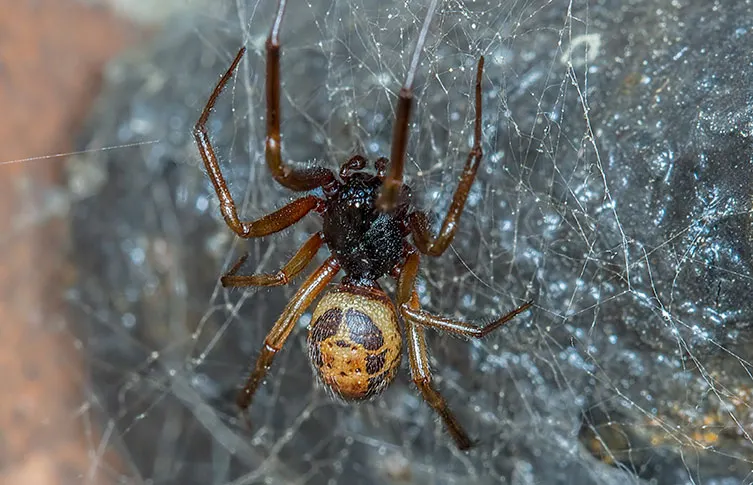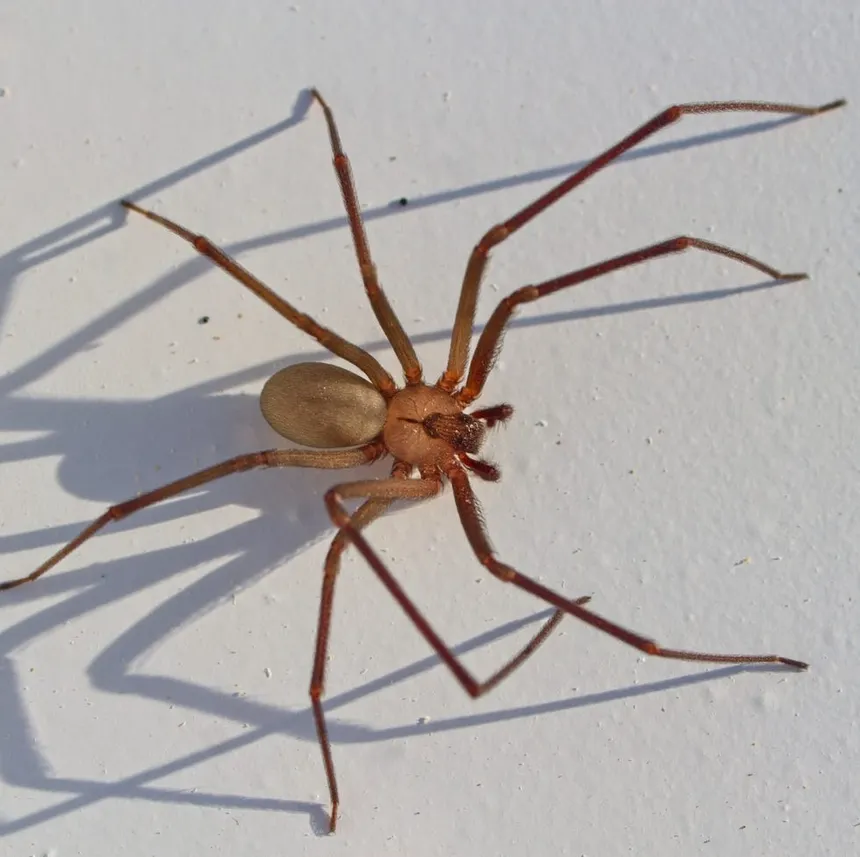“Masters of the Web: All About Spiders”

Spiders are among the most widespread and misunderstood creatures on the planet. Belonging to the class Arachnida, spiders are not insects but arthropods, with over 50,000 known species distributed across every continent except Antarctica. While many people fear them, spiders are essential to ecosystems and human agriculture, acting as natural pest controllers. From their silk-spinning skills to their complex hunting techniques, spiders are evolutionary marvels.
Classification and Anatomy
- Kingdom: Animalia
- Phylum: Arthropoda
- Class: Arachnida
- Order: Araneae
Key Features:
- Eight legs (not six like insects).
- Two body segments: the cephalothorax (head and thorax fused) and abdomen.
- Multiple eyes, usually 6 or 8 depending on the species.
- Spinnerets at the rear produce silk.
- Chelicerae (fangs) deliver venom to subdue prey.
Silk and Webs
Spider silk is one of the strongest biological materials known—stronger than steel by weight. Spiders can produce up to seven types of silk, each used for different tasks.
Types of Spider Silk Uses:
- Orb webs: Classic round webs for catching flying insects.
- Sheet webs: Flat webs built close to the ground.
- Cobwebs: Irregular webs, often made by house spiders.
- Draglines: Safety lines for movement.
- Egg sacs: Protective cases for spider eggs.
- Prey-wrapping: Immobilizing food.
Some spiders, like trapdoor spiders and wolf spiders, don’t spin webs to catch prey at all—they hunt it down instead.
Diet and Hunting Strategies
Spiders are carnivorous, mostly feeding on insects and other arthropods.
- Web-builders trap flying or crawling insects.
- Ambush predators like jumping spiders use stealth and agility.
- Fishing spiders can catch tadpoles and small fish.
- Spitting spiders immobilize prey with sticky silk.
Despite their fearsome appearance, only a few spiders are dangerous to humans, and bites are rarely fatal.
Reproduction and Life Cycle
- Most male spiders perform mating dances or offer gifts to avoid being eaten by females.
- After mating, females lay eggs inside silk egg sacs.
- A single sac can contain hundreds of eggs.
- Spiderlings hatch and often disperse by ballooning—using silk threads to catch the wind.
- Lifespans vary: from 1 year for most, to over 20 years for some tarantulas.

Sensory Abilities and Communication
- Spiders rely on vibrations rather than sight to sense the world.
- They use leg hairs to detect minute changes in air or web tension.
- Jumping spiders have excellent vision and can recognize patterns and prey.
- Some spiders vibrate their webs during courtship to attract mates or warn rivals.
Types of Spiders
1. Orb-Weaver Spiders (Araneidae)
- Famous for their intricate round webs.
- Notable species: Garden spider, golden orb-weaver.
2. Wolf Spiders (Lycosidae)
- Fast runners and active hunters.
- Carry their egg sacs and young on their back.
3. Jumping Spiders (Salticidae)
- Excellent eyesight, very active, and known for their “cute” appearance.
- Can leap many times their body length.
4. Tarantulas (Theraphosidae)
- Large, hairy spiders found in tropical and desert areas.
- Generally docile, despite their size and appearance.
5. Trapdoor Spiders
- Build burrows with silk-covered lids.
- Ambush prey from hidden tunnels.
6. Brown Recluse and Black Widow
- Among the few medically significant spiders in North America.
- Reclusive by nature; bites are rare and rarely fatal with treatment.
Spiders and Ecosystems
- Control insect populations naturally—reducing the need for chemical pesticides.
- Play an important role in food chains, feeding on pests and serving as food for birds, reptiles, and amphibians.
- Silk innovations inspire human materials—research into spider silk has led to potential uses in medicine, military, and technology.
Myths and Misconceptions
- “All spiders are dangerous.” False. Very few are harmful to humans.
- “Spiders chase people.” False. Most are shy and non-aggressive.
- “You swallow 8 spiders a year in your sleep.” Completely false urban legend.
- “Spiders are insects.” No—they are arachnids, more closely related to scorpions.
Conservation and Threats
Many spiders face habitat loss due to urbanization and agriculture.
- Some species are threatened or endangered.
- Educating people about spiders can reduce fear and promote protection.

Conclusion
Spiders are ancient, diverse, and incredibly skilled survivors. They are not villains, but rather essential allies in our ecosystems. From silk-spinning engineers to agile hunters, spiders embody the creativity of nature. By understanding their behavior and importance, we can learn to respect and protect these misunderstood arachnids.



